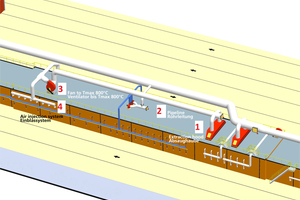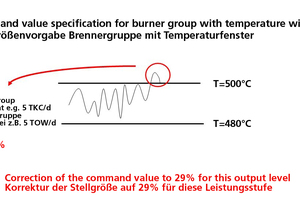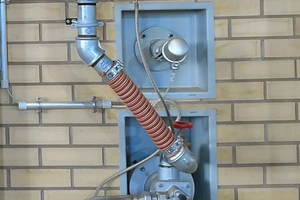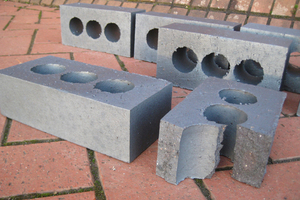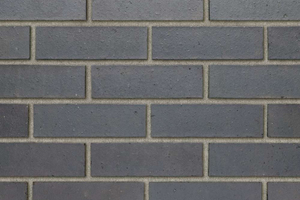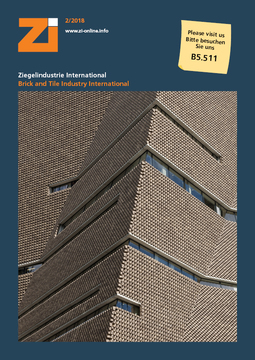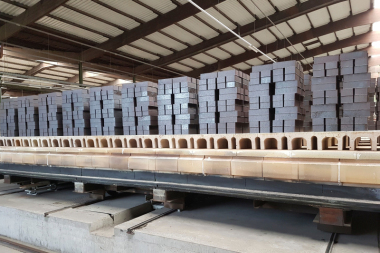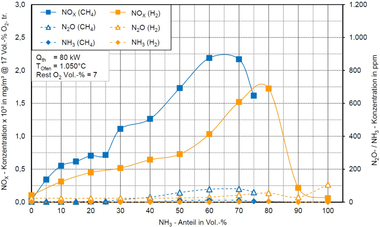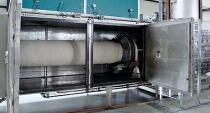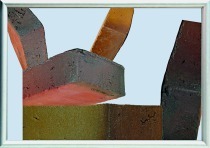Continuous reduction firing in the tunnel kiln
With reduction, that is the transformation of Fe2O3 into Fe3O4, heavy clay ceramic products can be manufactured with a very diverse interplay of colours. The brick manufacturer has the possibility to manufacture attractive products without resorting to engobes. Besides sporadic flashing, sustained reduction can be effected in the tunnel kiln. To this end, a few specific process- and construction-related features must be taken in consideration. Based on the example of a built kiln, the measures necessary to achieve sustained reduction are shown.
1 Introduction
In heavy clay ceramics, the term “reduction” can be explained as the removal of oxygen from the clay material. Generally, the oxygen-richest iron oxide, haematite (Fe2O3), is responsible for the intense red colouring of brick. If you break up the compound by removing oxygen, magnetite (Fe3O4), an oxygen-poorer iron oxide, is formed, the colour of which is very dark. Sometimes, wüstite (FeO) is formed, which is the compound with the lowest oxygen content and is also very dark. The above-mentioned compounds are present in different proportions depending on the temperature and...

